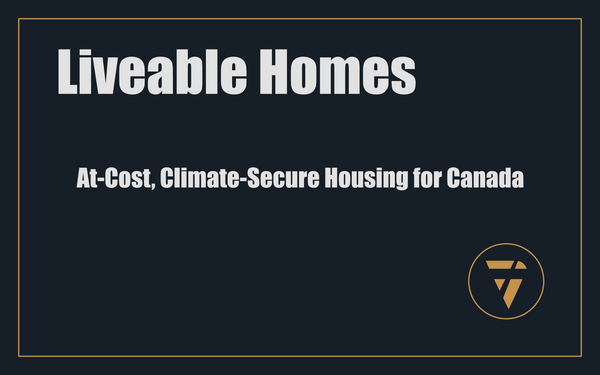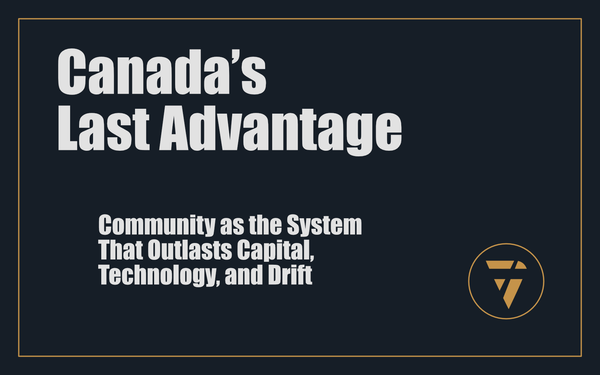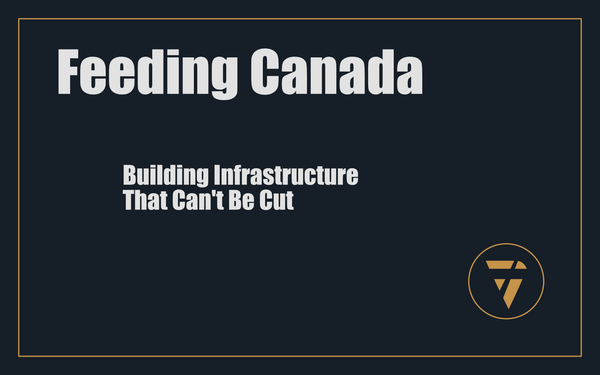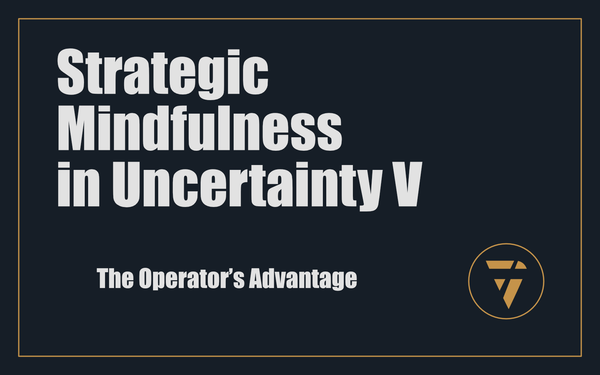Sovereign Infrastructure Is the Real Asset
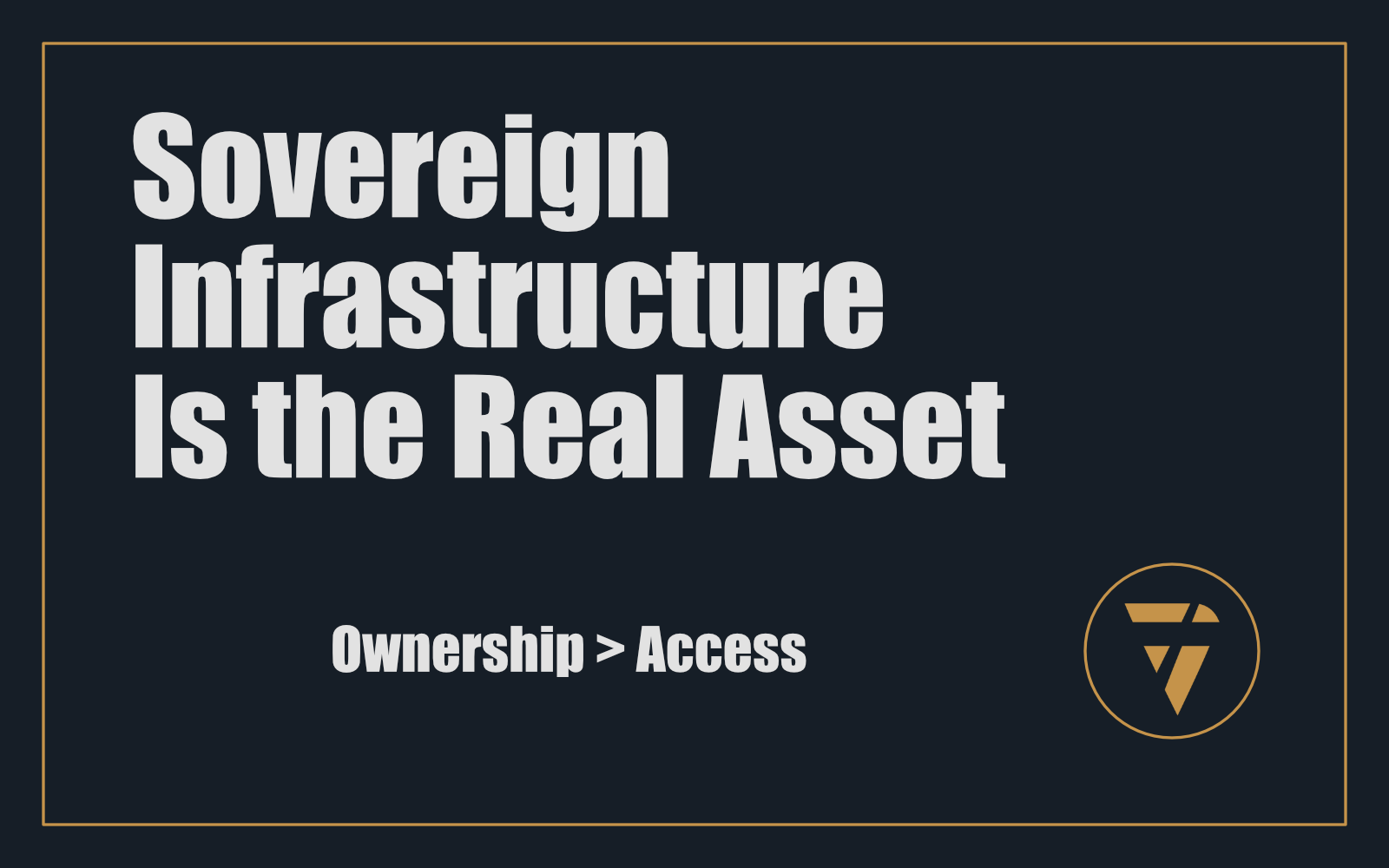
Ownership > Access
The future isn’t about accessing American infrastructure.
It’s about owning our own.
Access used to be the goal.
Get in the room.
Tap the system.
Play the game.
But access is brittle.
Access can be revoked.
Access is permission wrapped in dependence.
Ownership? That’s different.
Ownership means no lockout.
No override.
No expiry clause from a partner who didn’t build it and doesn’t care if you use it.
The future belongs to the builders of sovereign infrastructure.
Digital, physical, financial, narrative.
And Canada is sitting on more than most.
The Access Game Is Ending
The American empire trained its allies to think in terms of access.
- Access to capital (from Wall Street)
- Access to distribution (via U.S. platforms)
- Access to audiences (through U.S. media)
- Access to legitimacy (via U.S. partnerships)
It looked like advantage.
It was actually vulnerability.
Because you can’t scale what you don’t control.
Now the access pipelines are unstable:
- Capital is withdrawing.
- Supply chains are fractured.
- Platforms are politicised.
- Narratives are splintered.
If you're still measuring your success by how integrated you are with those systems — you're measuring dependency, not durability.
Canada Doesn’t Need to Beg — It Needs to Build
We have what others are scrambling for.
Water. Land. Energy. People. Intelligence. Stability.
But we don’t act like owners.
We act like users.
Canada has the potential to build world-class sovereign infrastructure — and we’ve already started.
- In energy: modular nuclear, northern solar, and national grid redesign.
- In housing: senior living systems, public-private care infrastructure, co-op land models.
- In finance: capital stacks that don’t route through Wall Street.
- In digital: AI hubs, data sovereignty platforms, and privacy-forward tech stacks.
We are not waiting to be invited.
We are building to host.
Sovereignty Is Not Sentiment. It’s Systems.
It’s easy to mistake sovereignty for patriotism.
It’s not.
Sovereignty is a structural condition.
It means you can function, scale, and govern without needing permission from someone who doesn’t share your outcome.
Here’s what that looks like:
- Digital sovereignty: Hosting, storing, and routing data without relying on U.S. platforms or surveillance exposure.
- Capital sovereignty: Raising, deploying, and governing funds through Canadian or allied channels, with no dependency on USD volatility.
- Logistical sovereignty: Building distribution, housing, energy, and water systems that answer to local needs — not foreign approvals.
- Cultural sovereignty: Telling stories, building brands, and shaping public consensus without outsourcing tone or validation.
If you don’t own the pipe — you don’t own the power.
Ownership Is the Compression Engine
When you own infrastructure, everything compounds.
- Profit is not extracted — it’s retained.
- Policy is not imposed — it’s created.
- Innovation is not blocked — it’s integrated.
- Time is not wasted — it’s compressed.
Sovereign infrastructure isn’t slow.
It’s the speed advantage disguised as stewardship.
It’s why the operators who own their own platforms outperform the ones still trying to scale through rented ones.
Ownership isn’t extra.
It’s the multiplier.
The Trigger: Claim or Build One Asset
Here’s the move:
→ Identify one infrastructure layer where you are still renting instead of owning.
→ It can be local (land, water, grid, facility) or digital (stack, IP, data, platform).
→ Build it. Partner it. Buy it. But own it.
This doesn’t mean building from scratch.
It means structuring leverage with permanence.
If you don’t control it, someone else does.
And if someone else controls it — they can end it.
This Is Not Just National. It’s Commercial.
You don’t need to wait for Ottawa.
Every founder, builder, and operator can install sovereign systems into their business:
- Host your data.
- Own your funding stack.
- Deploy your distribution.
- Build your audience platform.
- Share ownership inside your cap table.
- Own the land under your operation.
This is not romantic.
It’s rational.
Infrastructure is not just a utility.
It’s a weapon — if you own it.
You don’t need access.
You need ownership.
This is what I’m working on. Tell me what you think, I enjoy the conversation! Subscribe and follow the work in real time.
Thanks!
B

Access is fragile. Ownership is leverage.
Canada has the resources. It just hasn’t claimed them.
The future isn’t integration — it’s infrastructure. Build to own.
PS -



